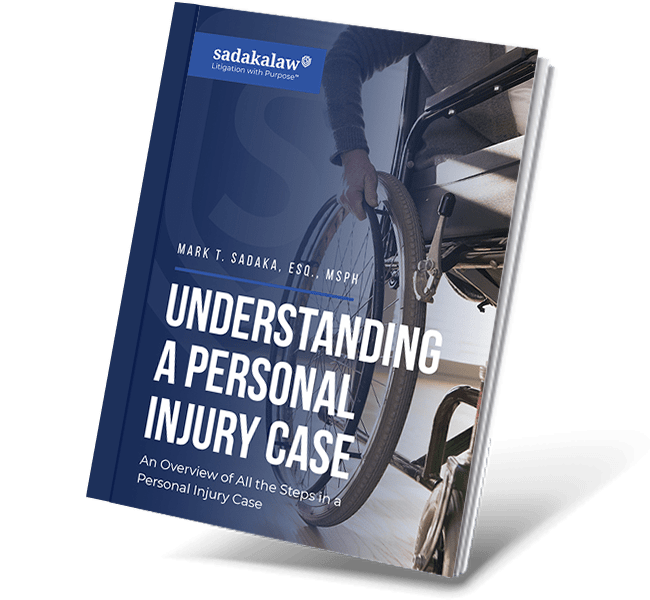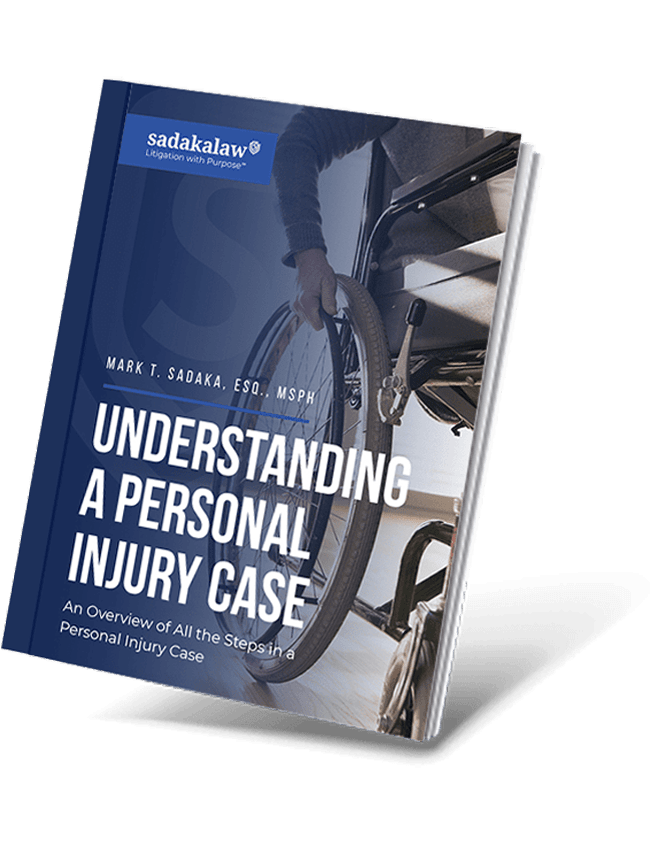A car accident can leave victims with serious injuries and property damage to their vehicle. But what are some common types of car accidents? Can you only pursue compensation for serious injuries, or are you also eligible for compensation for minor injuries sustained in auto accidents?
Learn more about the types of car accidents that can happen and how to seek fair compensation for your accident injuries.
Common Types of Car Accidents
In New York, New Jersey, and across the U.S., these are the most common types of car and vehicle crashes.
Rear-End Collisions
17.1% of deaths from car crashes in 2020 occurred in rear-end collision accidents. Rear-end accidents occur when a vehicle approaching from behind fails to brake in time to avoid hitting the car in front of it. While a distracted driver is usually at fault, sometimes a manufacturer could be liable for installing defective brakes.
Rear-end accidents often cause spinal cord injuries like whiplash for the other driver who was struck by the rear driver. To avoid rear-end collisions, try to leave enough braking distance between you and the car ahead of you.
Side-Impact Collisions
Sideswipe accidents occur when one vehicle merges into another. This often happens when one driver fails to check their blind spots before moving into another lane and hits another driver traveling in the same direction.
The resulting injuries from sideswipe collisions may only be minor if neither driver loses control of their vehicle. However, if you lose control of your vehicle during a side-impact collision, you could crash into other drivers and cause additional injuries.
To avoid sideswipe accidents, check the lane you’re merging into with your side-view mirrors, and turn to look behind you when it is safe to do so.
Head-On Collisions
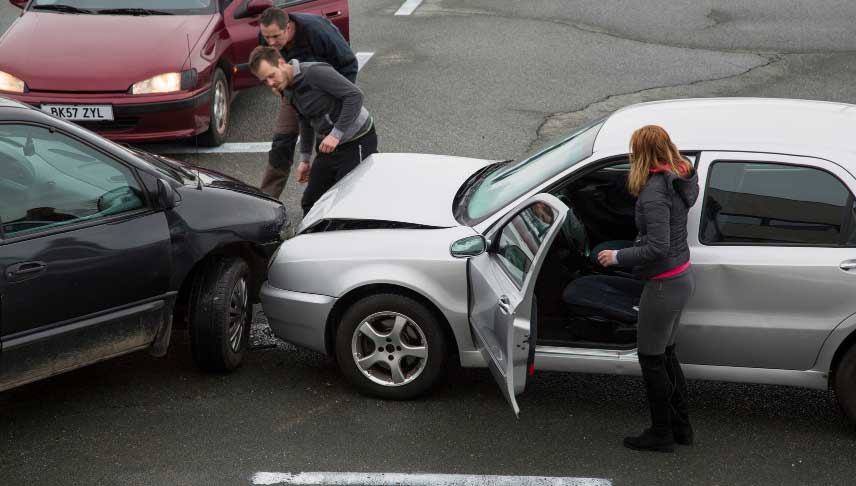
In 2020, head-on collisions accounted for 6.2% of accident injuries requiring medical attention but 28.6% of deaths from vehicle accidents. Head-on collisions may occur for several reasons, including:
- Distracted driving
- Driving while impaired
- Driving in the wrong direction toward oncoming traffic
- Failing to yield the right of way at an intersection
A head-on collision can lead to traumatic brain injuries, spinal cord injuries, and broken bones from airbag deployment. Avoid head-on collisions by following the flow of traffic.
Single-Car Accidents
Some accidents only involve one driver and one vehicle. Single-vehicle crashes can happen in several cases, including:
- Reckless driving in inclement weather
- Speeding and losing control of the motor vehicle
- Swerving to miss an animal or other vehicle
- Driving under the influence
- Distracted driving
In 2020, 28.3% of motor vehicle accident fatalities were due to single-vehicle crashes.
Less Common Types of Car Accidents
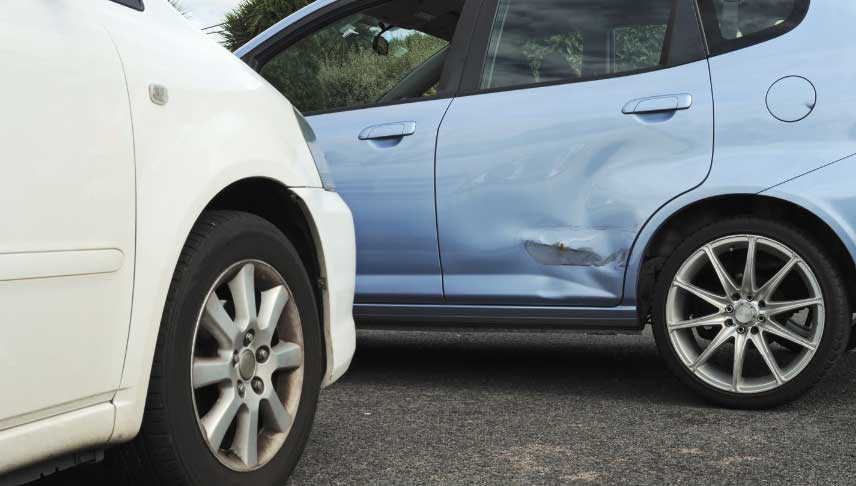
Head-on collisions, rear-end collisions, side-impact accidents, and single-vehicle accidents are the most common types of car crashes. However, injuries can occur in a rollover accident, a T-bone accident, a hit-and-run accident, or an accident that involves multiple vehicles.
Rollover Accidents
A rollover accident can lead to serious injuries, including head trauma, whiplash, and burns from spilled fuel igniting while the driver and passengers are trapped in the vehicle. While rollover accidents usually only involve one vehicle, there may be other vehicles involved if the driver swerves to avoid another driver.
Rollover accidents happen when a driver swerves a vehicle too suddenly, and the vehicle’s inertia causes it to roll. They aren’t always single-vehicle crashes. Another driver may force the car off the road, and it might roll on loose gravel on a highway shoulder.
T-Bone Collisions
Side-impact collisions can include T-bone accidents. A T-bone accident occurs when a vehicle hits the side of another vehicle with its front end. While a driver with damage from a head-on collision has more protection at the front end from their airbags and seat belt, a driver and passengers struck in side impact accidents don’t have the same protection in t-bone accidents.
Most t-bone accidents happen at intersections where the at-fault driver ignores a red light or spot sign and causes an auto accident. Even when you have the right of way, always look both ways before entering an intersection.
Hit-and-Run Accidents
Hit-and-run accidents aren’t defined by whether it was a head-on collision, a rear-end collision, or one of the types of sideswipe accidents. Instead, hit-and-run describes an accident where the at-fault driver fails to stay at the scene of the accident.
Negligent drivers may leave the scene of an accident for several reasons. They could have been driving recklessly, might have been drunk drivers, or may not have had insurance.
Determining fault is more difficult if you don’t know who hit you. For a hit-and-run accident where you can’t discover the identity of the driver, you can turn to your uninsured motorist/underinsured motorist (UM/UIM) coverage if you have it.
Multi-Vehicle Pileups
Multi-vehicle accidents are rare but occur most frequently on highways, bridges, tunnels, and anywhere that traffic tends to bottleneck or suffer from heavy congestion. Crashes that involve multiple vehicles may have several contributing liable parties.
Multi-vehicle crashes involve three or more vehicles and can lead to serious injuries if a car becomes trapped between other vehicles. Spilled fuel can lead to fires that burn anyone stuck inside their car, and multiple impacts can cause fractures, lacerations, and other injuries.
Always leave enough space between you and the car ahead of you so that if someone hits you, you have room to stop before hitting another vehicle. Also, stay aware of traffic patterns ahead of you. Cars ahead of you may stop; you need time to notice their brake lights and stop safely.
Factors That Can Cause Car Accidents
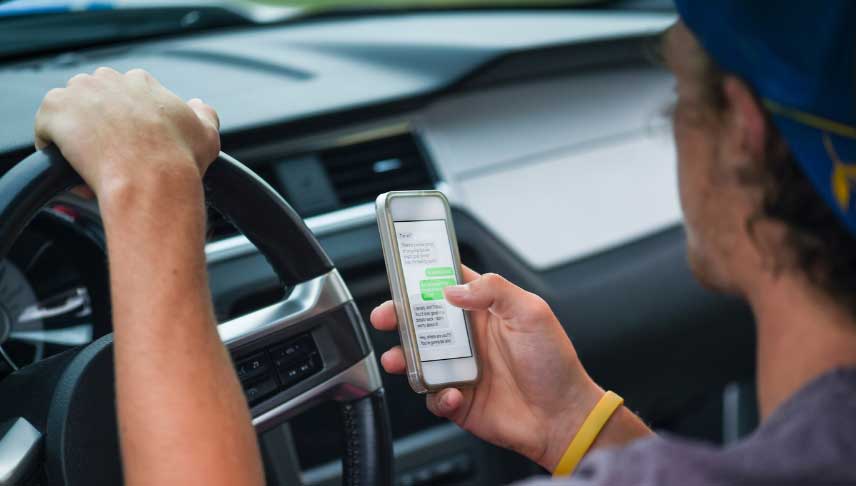
There are several factors that can cause accidents and injuries on the roadways.
Driver Error
Driver inattention, distracted driving, driver fatigue, and aggressive driving can all contribute to an accident. A driver looking for something in the passenger seat could lead them to rear-end the car in front of them. Sideswipe accidents often stem from drivers not looking at their blind spots before merging or merging unsafely due to aggression.
Vehicle-Related Factors
Manufacturing or mechanical defects can lead to accidents. Automatic lane assist is supposed to alert you if you begin drifting out of the lane, but a faulty software update or defective part could lead you to a sideswipe accident with another vehicle traveling in the same direction.
Environmental Factors
Weather conditions like dense fog, snow, icy roads, or heavy rains can reduce visibility and make your car more likely to hydroplane. Road conditions like tree or hedge overgrowth blocking traffic signs can make you more likely to have an accident.
Injuries Commonly Associated with a Car Accident
Common injuries that can lead to expensive medical bills and lost wages from time off of work include:
- Lacerations
- Internal bleeding
- Broken bones
- Spinal cord injuries
- Traumatic brain injuries
- Mental conditions like PTSD or depression
Steps to Take After a Car Accident
When two vehicles are involved in a collision, both drivers should stop and remove their vehicles from obstructing traffic if possible. If you’re in a car accident, follow these steps:
- Call for an ambulance if anyone is seriously injured.
- Call the police to file a police report.
- Trade contact and insurance information with the other vehicle driver.
- Take photos and videos of the accident scene to document skid marks, debris, and current weather conditions.
- Write down contact information for any potential witnesses.
- Call your insurance company to file a no-fault claim (New Jersey and New York are both no-fault insurance states).
- Call an attorney to help you manage your claim if it is particularly complex or you suffered a severe injury.
Can You Collect Compensation After a Car Accident?

When you file your insurance claim in either New Jersey or New York, you will need to file under your personal injury protection (PIP) coverage. The minimum PIP coverage required in New York is $50,000, while in New Jersey the minimum amount is only $15,000.
New York limits all personal injury lawsuits to serious injury cases only, including:
- Broken bones and fractures
- Limb amputation or dismemberment
- Significant scarring or disfigurement
- Loss of a fetus
- Permanent disability or loss of use of bodily system, member, or organ
- Temporary impairment for at least 90 days of the 180 days following the accident
- Death
New Jersey offers insurance plans that offer a limited or unlimited right to file suit against a negligent driver who caused an injury. A limitation on lawsuit policy allows you to sue for a serious injury, similar to New York’s definition. A no limitation on lawsuit policy allows you to sue for any level of injury.
How Much Compensation Can You Qualify for After a Car Accident?
When involved in an accident between at least two vehicles and eligible to pursue a lawsuit, you can seek economic damages for medical expenses and lost wages, as well as noneconomic damages for pain and suffering, mental anguish, disfigurement, and other damages.
Contact a Car Accident Attorney in New Jersey and New York
With offices in Englewood, NJ, and New York, NY, Sadaka Law represents clients in New York and New Jersey, providing assistance with car accident injury claims. Call us today at (800) 810-3457 or contact us online to schedule an initial consultation.

